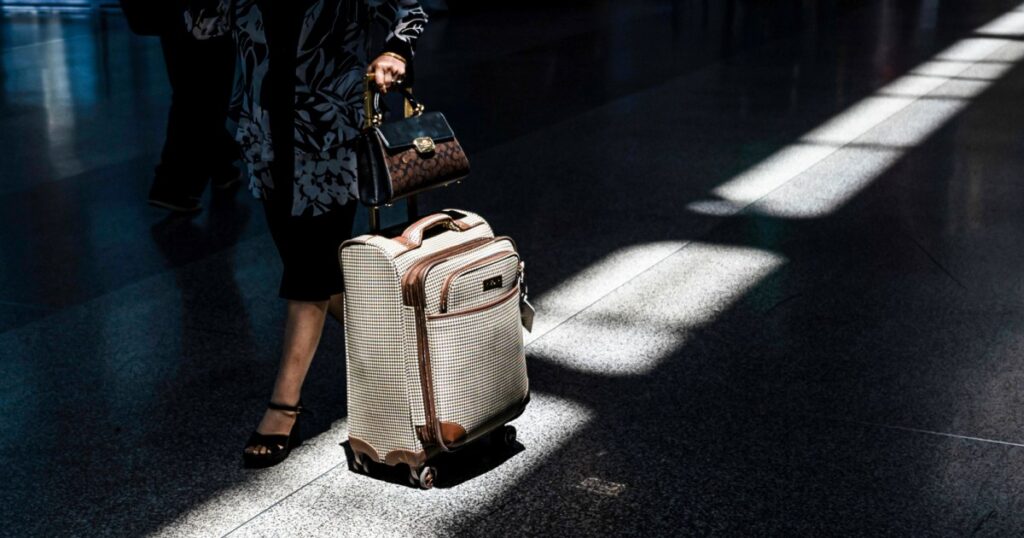
Travel disruptions are looming for Fourth of July holidaymakers as stormy weather is predicted to hit the Northeast starting Thursday. An estimated 39 million people, from Philadelphia to Maine, are at risk of facing severe weather conditions as forecasters warn of impending storms.
The storms are expected to bring wind gusts up to 60 mph and hail measuring up to one inch in diameter. The turbulent weather is anticipated to develop after lunchtime on Thursday, persisting through the evening and potentially continuing overnight. The National Weather Service’s Storm Prediction Center has issued a slight risk level for severe thunderstorms across parts of the Northern Plains, Northeast, and mid-Atlantic regions.
Impact on Major Cities
New York City is forecasted to experience scattered storms between 2 p.m. and 10 p.m. ET, with the most severe weather likely occurring during peak travel hours, from 4 p.m. to 9 p.m., according to NBC New York. Philadelphia is expected to see storms from 4 p.m. to 11 p.m., while Boston’s storm window is projected from 3 p.m. to 9 p.m.
As the holiday weekend approaches, the West Coast is set to enjoy mild and sunny weather, while Texas and Florida brace for more scattered storms. Severe storms are also possible in the Northern Plains. By Independence Day, the Northeast is predicted to experience pleasant weather with temperatures reaching the 80s.
Record-Breaking Travel Numbers
This year’s Fourth of July travel period is shaping up to be the busiest in recent years. The Transportation Security Administration (TSA) anticipates over 18.5 million air travelers passing through the nation’s airport security checkpoints during the holiday week. Meanwhile, the Federal Aviation Administration (FAA) reports that this will be the busiest Fourth of July travel week in 15 years, with more than 300,000 flights scheduled throughout the week.
A record 72.2 million Americans are expected to travel domestically from June 28 to July 6, according to the American Automobile Association (AAA). This marks an increase of 1.7 million travelers compared to last year.
AAA projects that 61.6 million people will travel by car, 5.84 million by air, and 4.78 million by bus, train, or cruise. These figures underscore the growing demand for travel as pandemic restrictions have eased and more Americans are eager to celebrate the holiday with family and friends.
Historical Context and Expert Opinions
The anticipated travel surge reflects a broader trend of increasing mobility and consumer confidence. Experts attribute this rise to pent-up demand from the pandemic years when travel was significantly curtailed. “People are eager to make up for lost time and create new memories,” said travel analyst John Smith. “The Fourth of July represents a perfect opportunity for many to reconnect with loved ones.”
Historically, the Fourth of July has been a significant travel period, often serving as a barometer for the summer travel season. In recent years, the holiday has seen fluctuating travel numbers due to economic conditions and global events. However, the current projections suggest a robust recovery in the travel sector.
Looking Ahead
As travelers prepare for their journeys, officials urge caution and flexibility. The potential for severe weather in the Northeast highlights the importance of staying informed and making contingency plans. Travelers are advised to monitor weather updates and check with airlines for any changes to flight schedules.
With the combination of increased travel and unpredictable weather, patience and preparedness will be key for a successful holiday experience. As the nation celebrates its independence, the resilience and adaptability of travelers will be put to the test.
In the coming weeks, the travel industry will continue to monitor trends and adapt to evolving conditions, ensuring that future holiday periods are as smooth and enjoyable as possible for all Americans.






